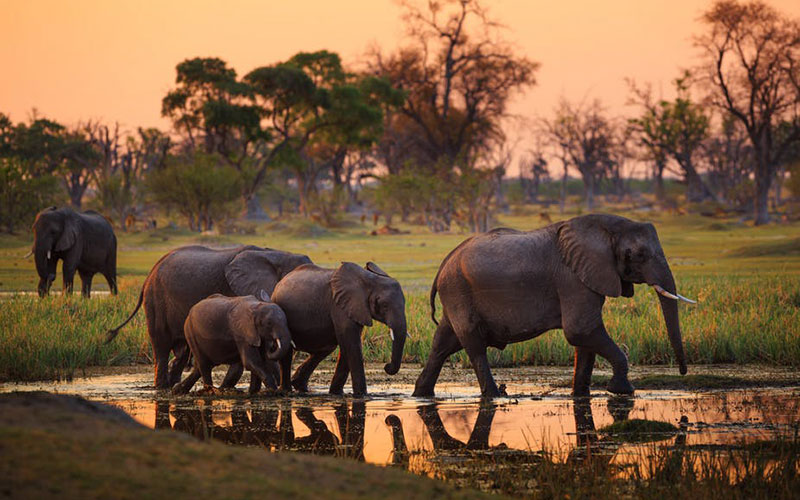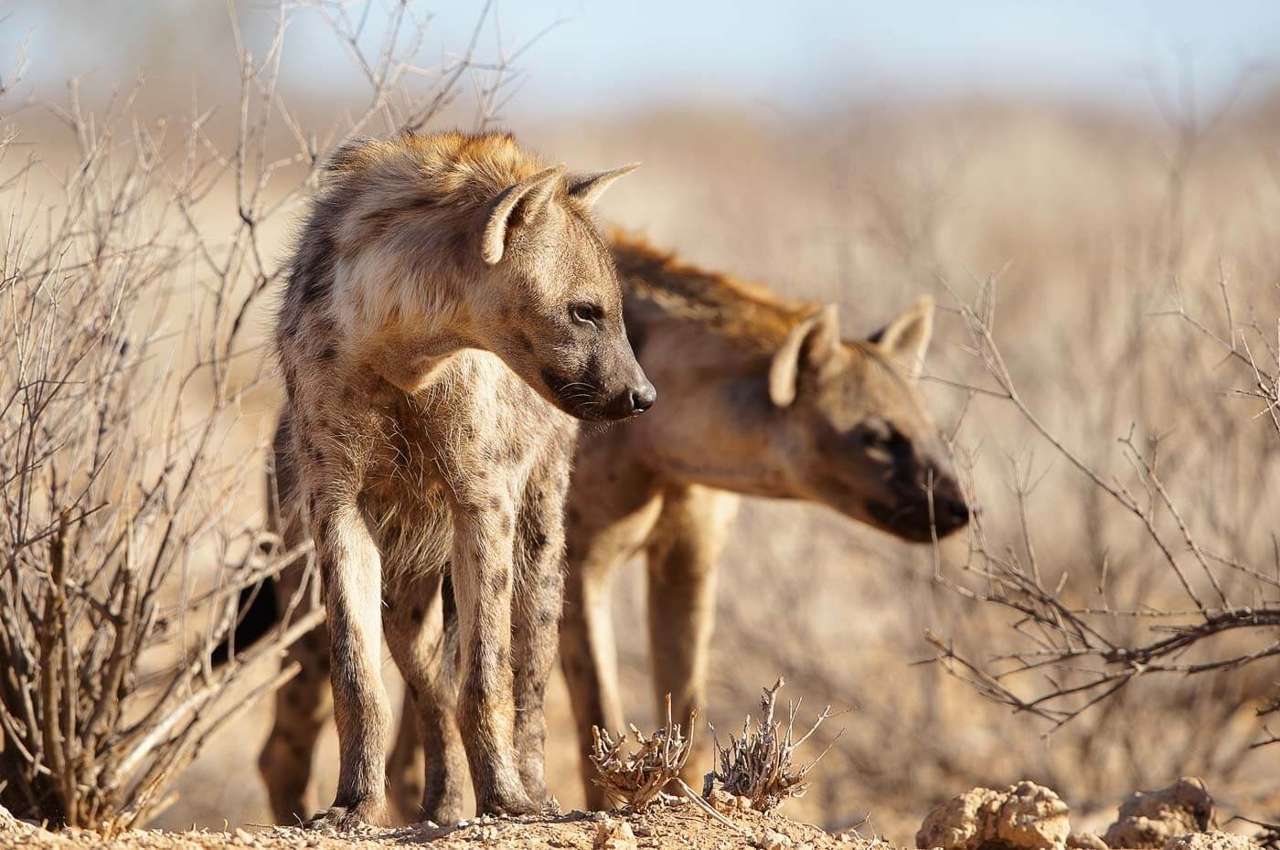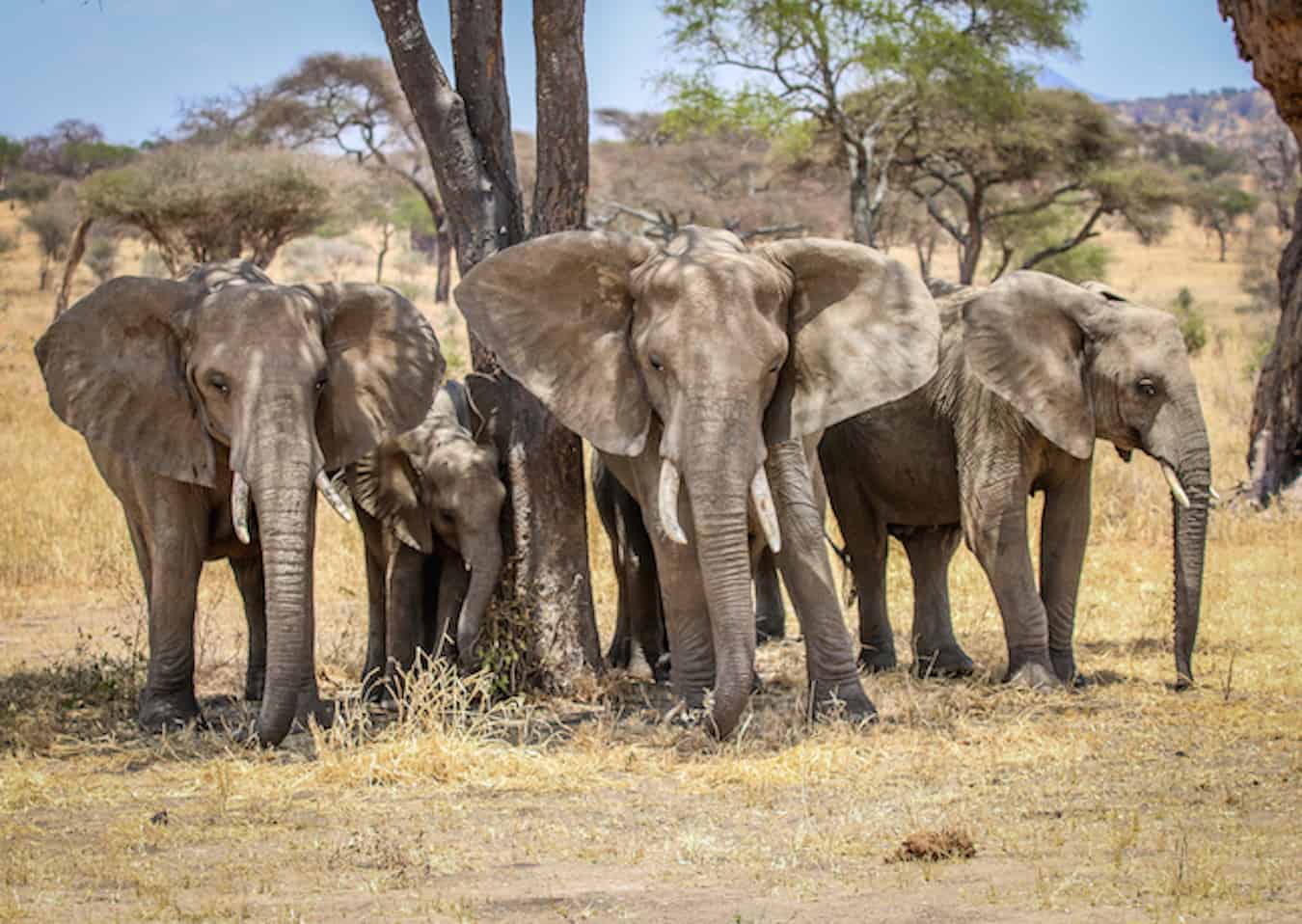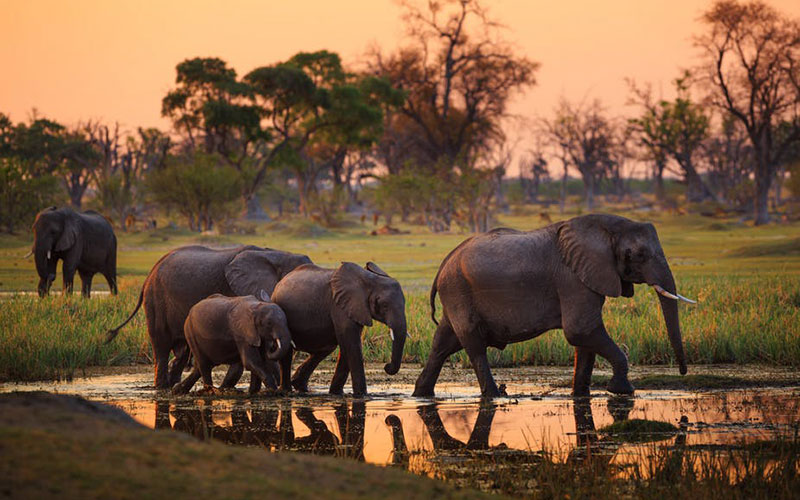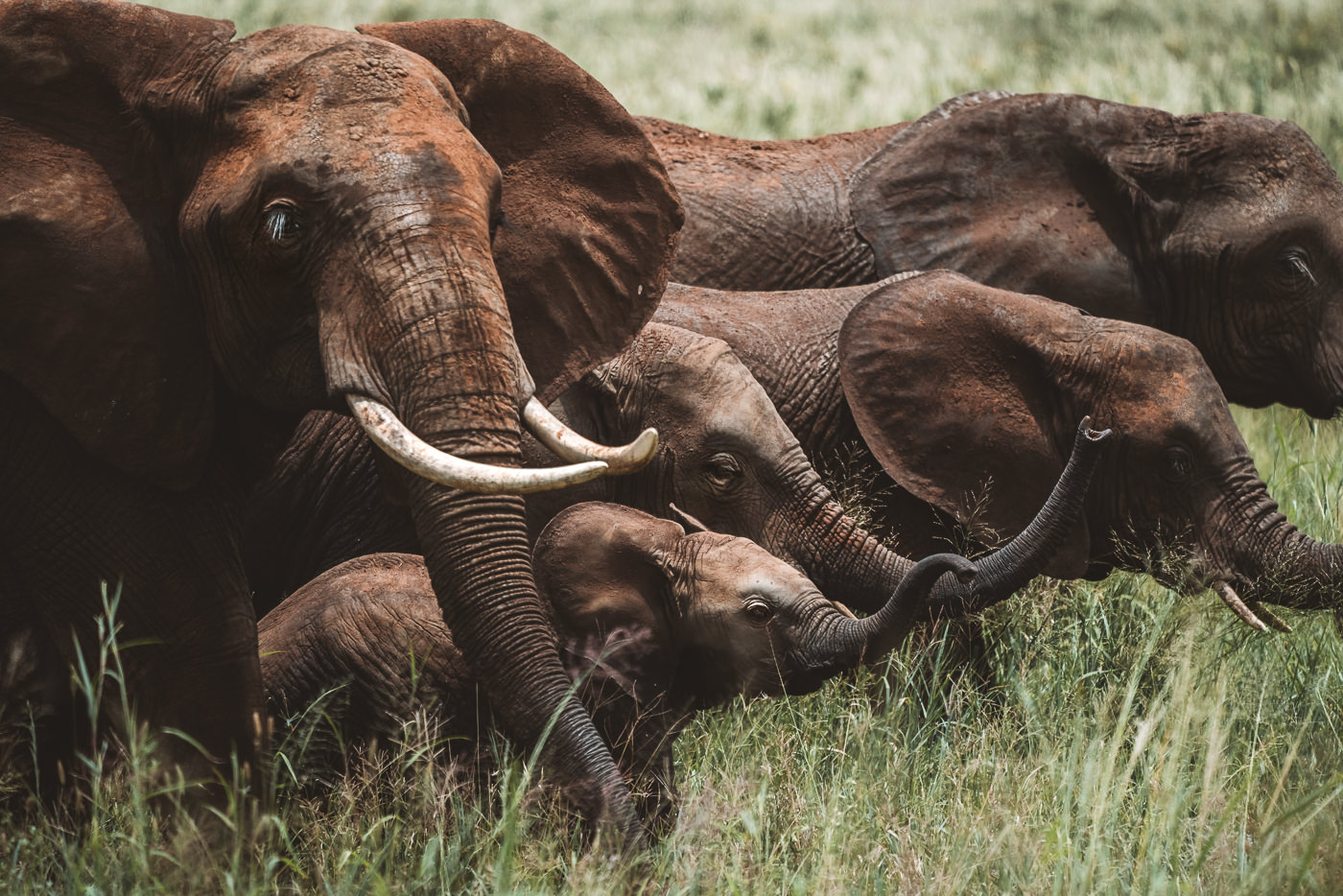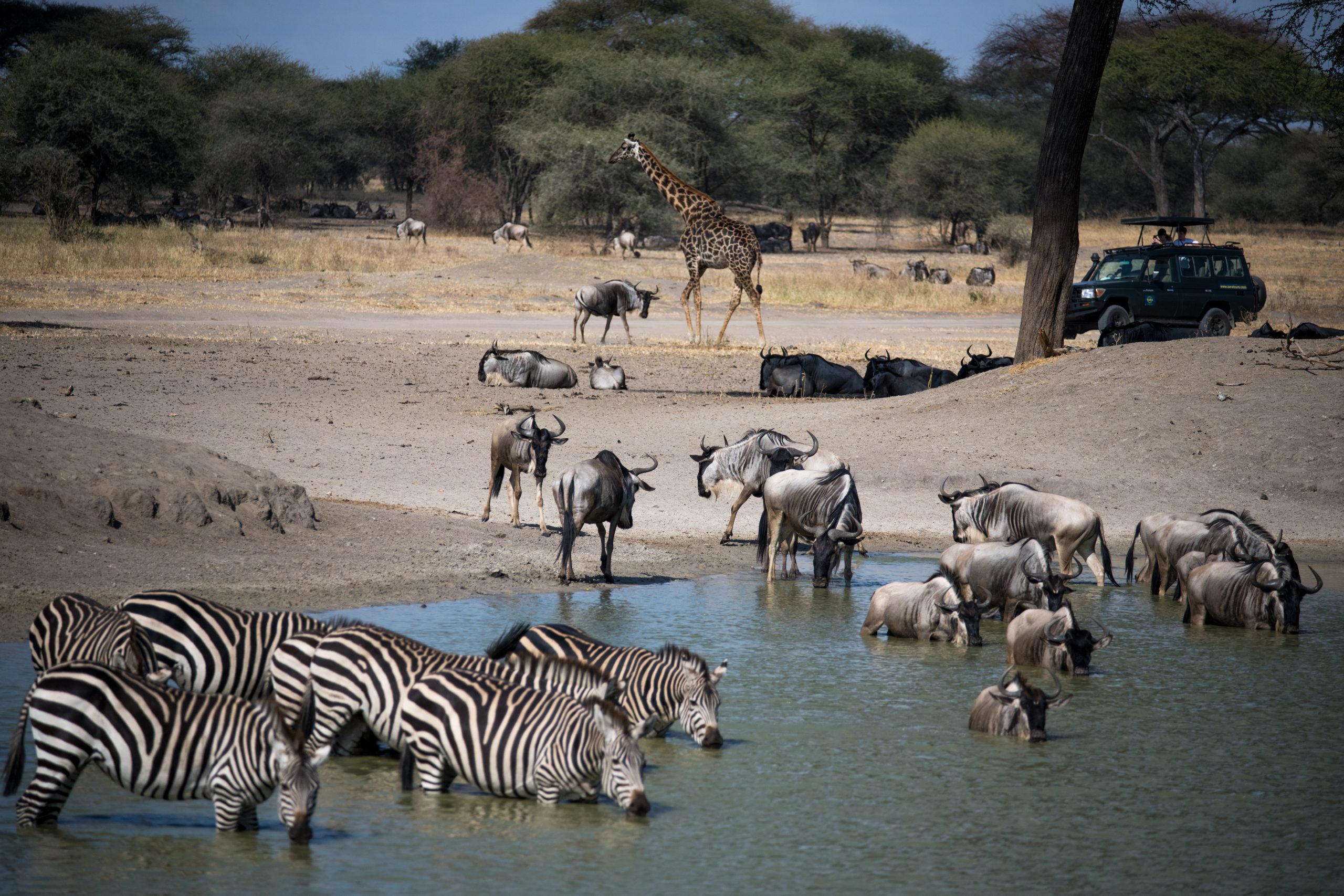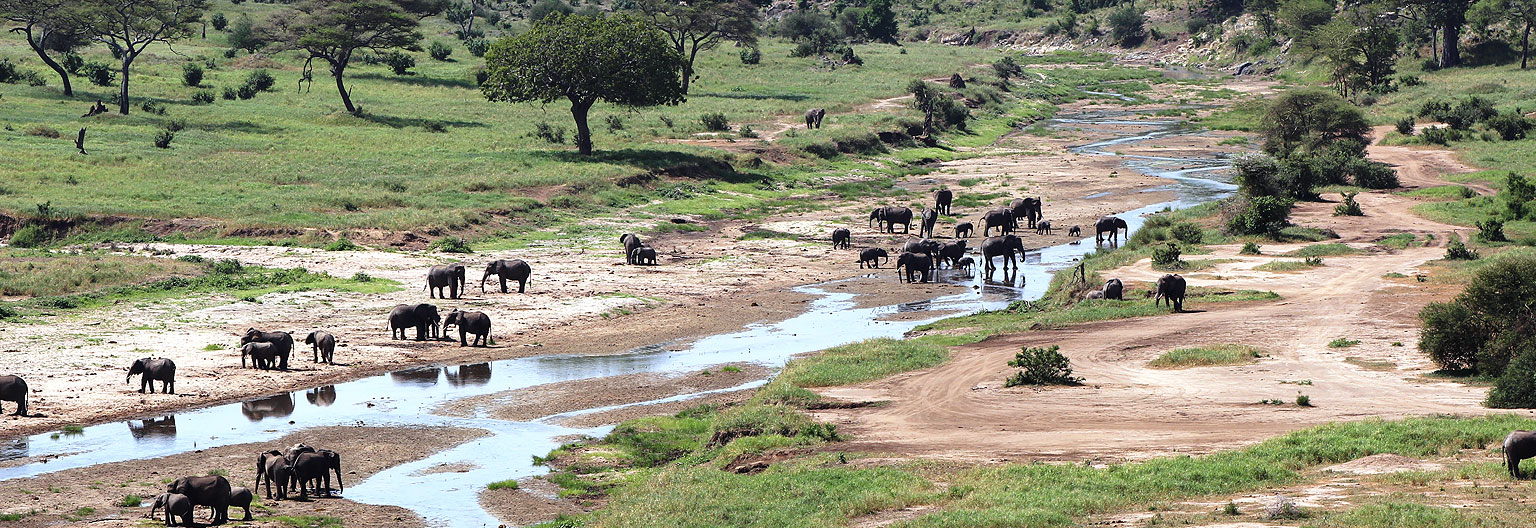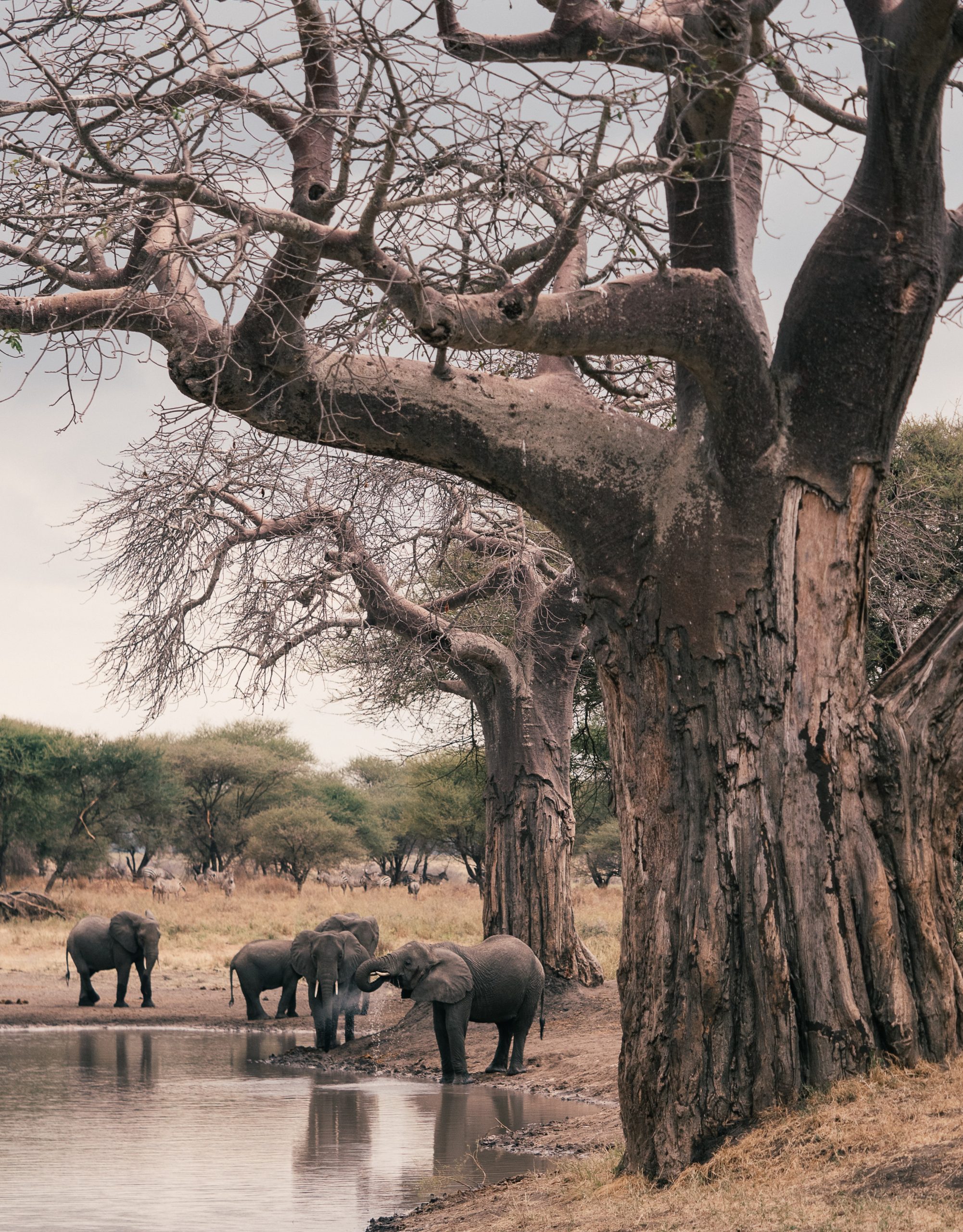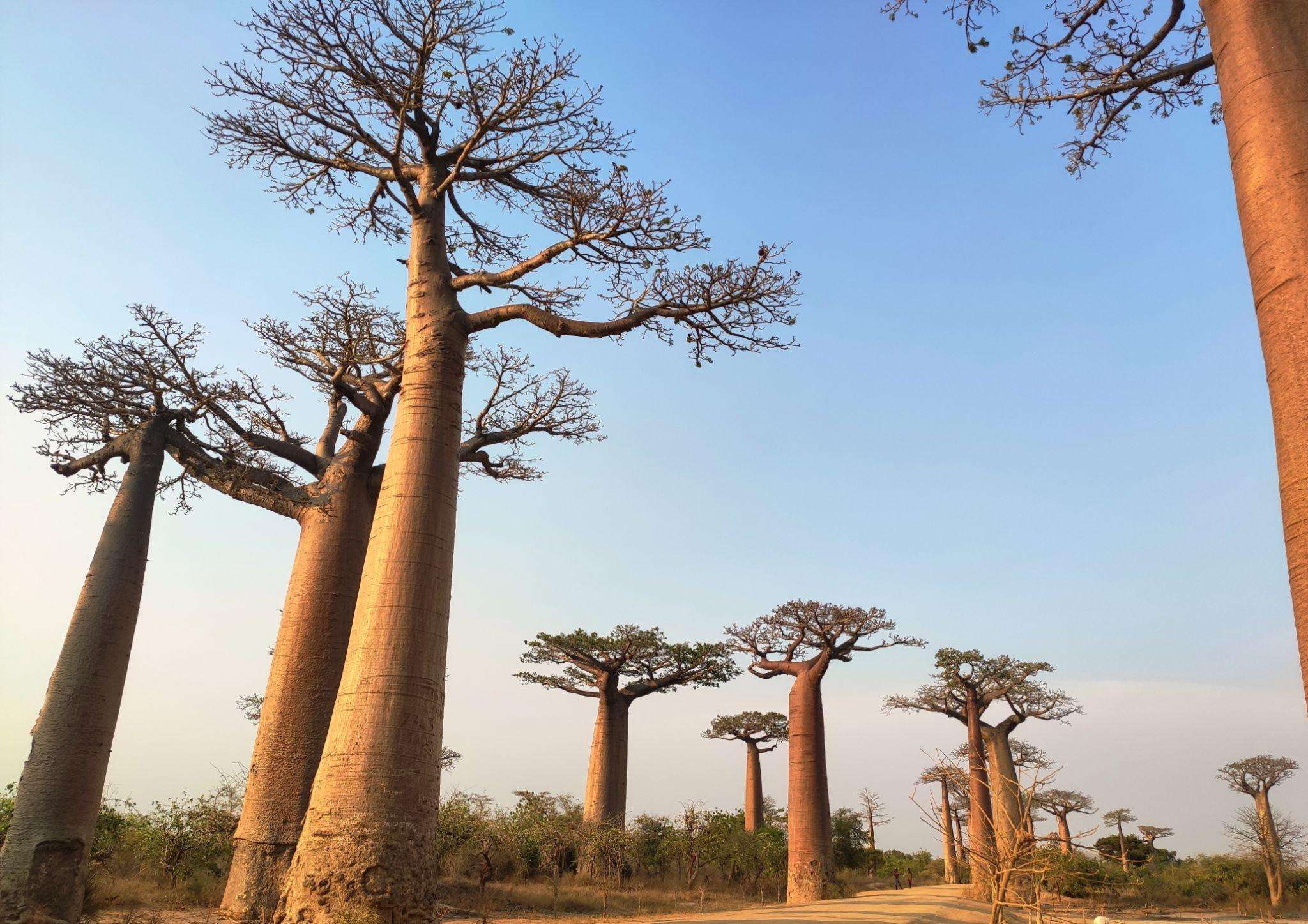Tarangire National Park
Tarangire National Park

Tarangire National Park is one of Tanzania’s most captivating wildlife reserves, located in the northern part of the country. Covering an area of approximately 2,850 square kilometers, it is the sixth-largest national park in Tanzania. The park is named after the Tarangire River that runs through the heart of it, providing a crucial water source for the wildlife, especially during the dry season. Tarangire is renowned for its diverse ecosystems, ranging from savannahs and swamps to riverine forests, and its rich wildlife population.
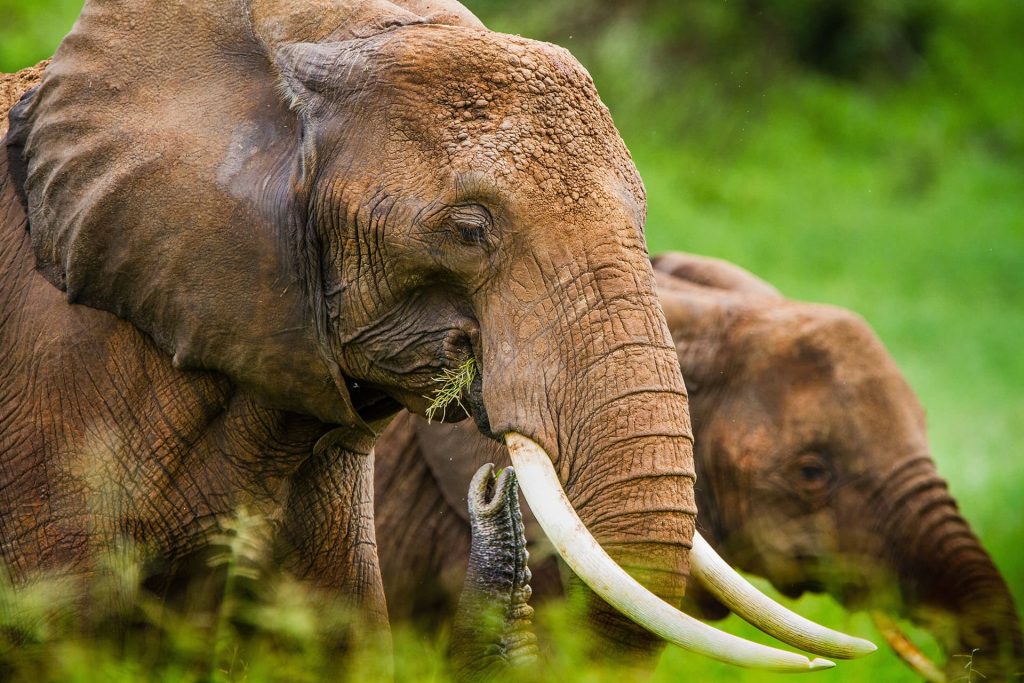
Overview of Tarangire National Park

Tarangire National Park is a jewel of Tanzania’s northern safari circuit, offering a unique blend of rich wildlife, stunning landscapes, and cultural experiences. Whether you are captivated by the sight of large elephant herds, intrigued by the ancient baobab trees, or fascinated by the diverse birdlife, Tarangire provides an unforgettable safari experience. The park’s seasonal migration and predator activity add to the excitement, making it a must-visit destination for any wildlife enthusiast.
Large Elephant Population:
Tarangire National Park is famous for its massive elephant herds, which are among the largest in Tanzania. Visitors can often see these magnificent creatures in large groups, with herds numbering up to 300 individuals. The elephants are drawn to the Tarangire River, particularly during the dry season, making the park an excellent place for elephant sightings.
Diverse Habitats:
The park boasts a variety of habitats, including open grasslands, dense woodlands, swamps, and riverine forests. This diversity supports a wide range of flora and fauna, making Tarangire one of the most biodiverse parks in Tanzania. The varied landscapes also provide different experiences for visitors, from game drives in the savannah to birdwatching in the wetlands.
Birdwatching Haven:
With over 550 bird species recorded, Tarangire is a paradise for bird enthusiasts. Some of the notable species include the Kori bustard, the heaviest flying bird; the colorful yellow-collared lovebird; and the majestic African fish eagle. The park’s wetlands and riverbanks are particularly rich in birdlife, offering excellent birdwatching opportunities.
Tarangire River:
The perennial Tarangire River is the lifeblood of the park, attracting wildlife from across the region. During the dry season, the river becomes a vital water source, and animals congregate along its banks, creating excellent opportunities for wildlife viewing. The river is also home to numerous aquatic species and supports a vibrant birdlife.
Seasonal Migration:
Tarangire is a crucial area for the seasonal migration of wildlife. During the dry season, large herds of wildebeest, zebras, and other herbivores migrate into the park in search of water and grazing. This migration attracts predators such as lions, leopards, and cheetahs, making for thrilling wildlife encounters.
Ancient Baobab Trees:
The landscape of Tarangire is dotted with majestic baobab trees, some of which are over a thousand years old. These iconic trees, with their massive trunks and unusual shapes, provide a unique and scenic backdrop to the park. Baobabs play a crucial role in the ecosystem, offering shelter and food to various animals and birds.
Predator Activity:
The presence of abundant herbivores supports a healthy population of predators. Tarangire is home to lions, leopards, cheetahs, and hyenas, offering visitors the chance to witness dramatic predator-prey interactions. The park’s open landscapes and riverbanks are prime areas for spotting these carnivores.
Cultural Significance:
The presence of abundant herbivores supports a healthy population of predators. Tarangire is home to lions, leopards, cheetahs, and hyenas, offering visitors the chance to witness dramatic predator-prey interactions. The park’s open landscapes and riverbanks are prime areas for spotting these carnivores.
Conservation Efforts:
Tarangire National Park is involved in various conservation programs aimed at protecting its unique ecosystems and wildlife. Efforts include anti-poaching initiatives, habitat restoration, and community engagement to promote sustainable tourism and conservation practices.
Facts about Tarangire
- Large elephant population
- Ancient baobab trees
- Tarangire River as a vital water source
- Diverse habitats (savannah, woodlands, swamps, riverine forests)
- Birdwatching haven with over 550 bird species
- Seasonal migration of herbivores
- High predator activity (lions, leopards, cheetahs, hyenas)
- Cultural significance with Maasai and Barabaig tribes
- Less crowded compared to other major parks
- Active conservation efforts
Most common animals
- Elephants
- Lions
- Leopards
- Cheetahs
- Buffaloes
- Giraffes
- Wildebeest
- Zebras
- Impalas
- Warthogs
- Baboons
- Vervet monkeys
- Greater kudus
- Waterbucks
- Bird species (e.g., Kori bustard, African fish eagle, yellow-collared lovebird)
